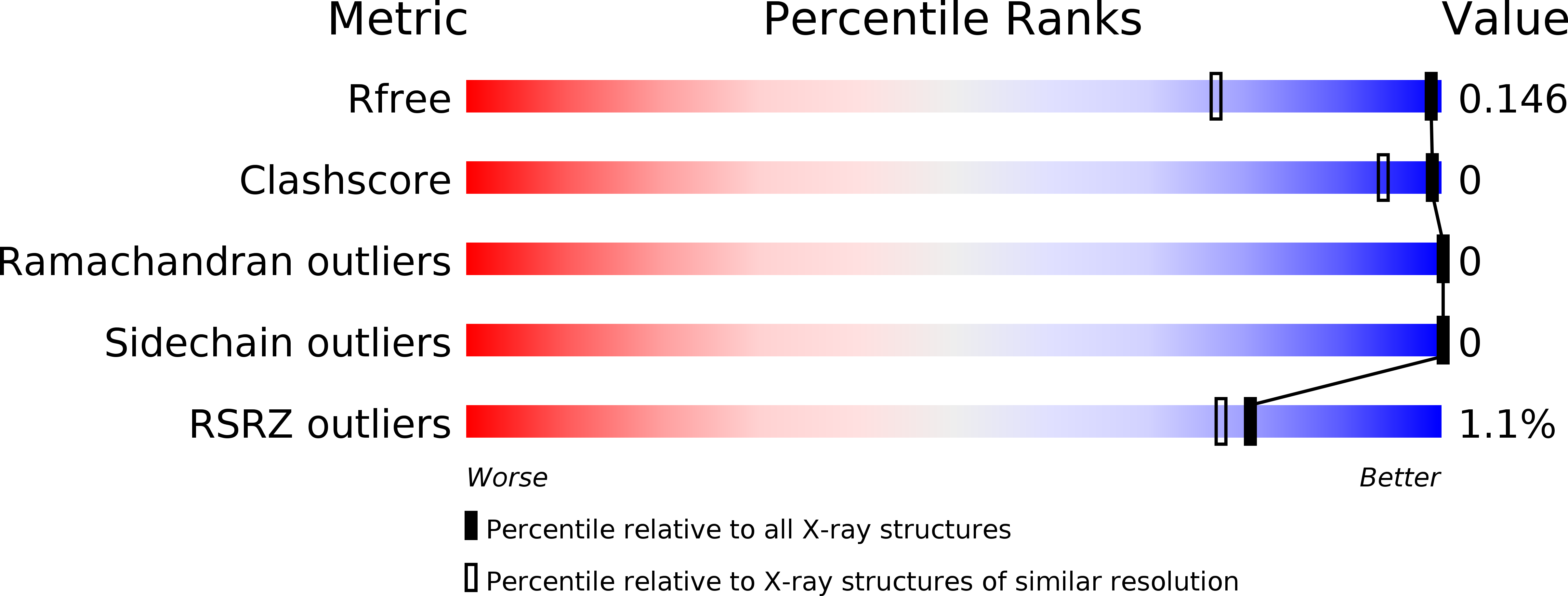
Deposition Date
2015-11-06
Release Date
2016-02-10
Last Version Date
2024-01-10
Entry Detail
PDB ID:
5EMI
Keywords:
Title:
N-acetylmuramoyl-L-alanine amidase AmiC2 of Nostoc punctiforme
Biological Source:
Source Organism:
Host Organism:
Method Details:
Experimental Method:
Resolution:
1.12 Å
R-Value Free:
0.14
R-Value Work:
0.13
R-Value Observed:
0.13
Space Group:
P 21 21 21


